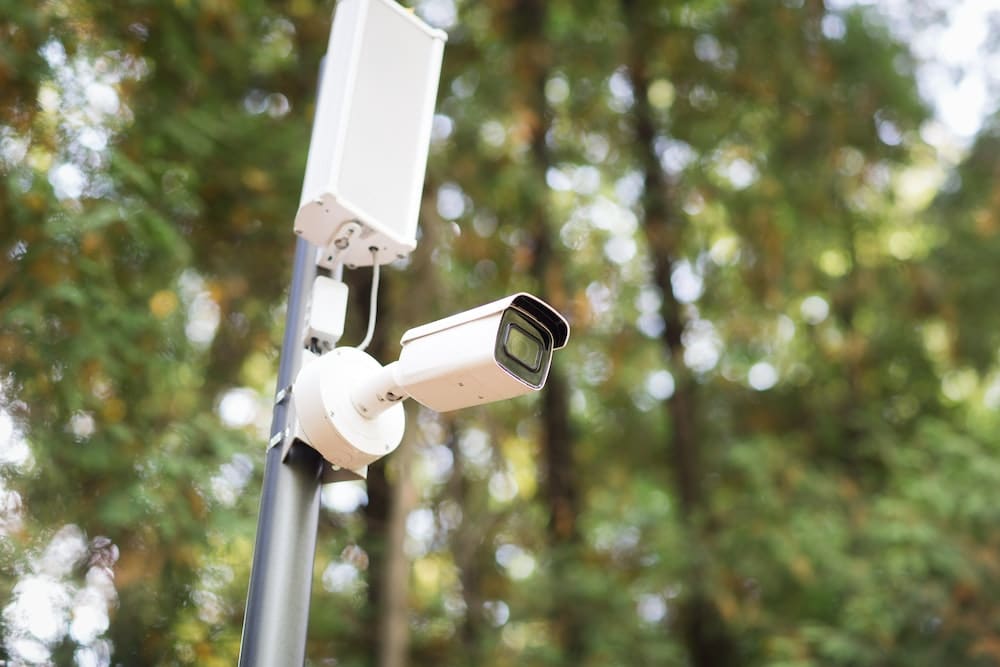As we find ourselves in a life increasingly connected by technology, a new generation of textiles known as smart fabrics is making waves in the field of health monitoring. These fabrics are not only pushing the boundaries of what our clothes can do, they are also providing an exciting new avenue for health tracking. But how accurate are these smart fabrics in monitoring health parameters? Let’s delve into a detailed exploration of this futuristic technology.
Unraveling the Concept of Smart Fabrics
Smart fabrics, also known as e-textiles, are materials designed with the ability to interact with their environment. They can sense, react, and adapt to stimuli such as heat, light, and pressure. The integration of digital components and electronics into the fabric allows for an array of applications, especially in the realm of health monitoring.
Sujet a lire : Interior design trends in 2024: inspirations and ideas
There is no denying that the idea of having smart fabrics capable of monitoring health parameters is exciting. Imagine your clothes telling you when you’re about to get a fever, or when your stress levels are rising, or even when you’re not getting enough exercise. It seems like stuff out of a science fiction movie, but it’s quickly becoming a reality.
The Science Behind Health Monitoring Smart Fabrics
The core technology of health monitoring smart fabrics lies in the integration of electronic components into textiles. These components can include sensors, actuators, and microcontrollers, all of which can be embedded into the fabric during the manufacturing process.
A lire aussi : What Advances Are Being Made in Quantum-Resistant Cryptography?
The sensors in the fabric can monitor a variety of health parameters. These can include body temperature, heart rate, blood pressure, respiratory rate, and even biochemical markers such as glucose or hydration levels. The data these sensors pick up is then transmitted to a connected device, such as a smartphone or a wearable device, where it can be read and analysed.
Actuators and microcontrollers, on the other hand, allow the fabric to respond to the data it collects. For example, if the sensors detect a rise in body temperature, they could trigger the fabric to change its properties, perhaps becoming more breathable to help cool the body down.
Accuracy of Smart Fabrics in Health Monitoring
While the promise of smart fabrics in health monitoring is highly attractive, there are obvious questions regarding their accuracy and reliability. When it comes to health, precision is paramount. Any error or discrepancy in data can lead to incorrect diagnoses, ineffective treatments, or potentially dangerous health situations.
Research has shown that smart fabrics can indeed provide accurate data. For example, a study conducted by the University of Maryland found that a smart fabric they developed was able to accurately measure heart rate under controlled laboratory conditions. However, the study also noted that external factors such as movement and ambient temperature can affect the accuracy of the sensors.
There are also concerns about the durability and longevity of the electronic components in the fabric. Washing, wear and tear, and environmental factors can potentially damage the components and affect their functionality. However, advancements are being made in technology to improve the durability and resistance of these components.
The Future of Smart Fabrics in Health Monitoring
It’s clear that smart fabrics have the potential to revolutionise health monitoring, but there’s still a long way to go. Challenges such as improving the accuracy and durability of the sensors, ensuring the comfort and usability of the fabric, and addressing privacy and security concerns need to be overcome.
However, the future looks promising. Advances in nanotechnology and materials science are paving the way for more sophisticated and resilient sensors. Researchers are also exploring ways to power these smart fabrics, with ideas ranging from using body heat and movement to harvesting energy from the environment.
As the technology continues to evolve, we could soon see a world where our clothes are not just a fashion statement, but a vital tool to monitor and maintain our health. Whether it’s a smart shirt that tracks our heart rate during a workout, or a smart sock that monitors glucose levels for diabetics, the possibilities are endless.
The key takeaway is this: health monitoring smart fabrics are not just a passing trend or theoretical concept. They’ve shown their practicality and their potential to significantly impact healthcare and wellness. While there’s still work to do to refine and perfect the technology, there’s no doubt that smart fabrics will play an important role in the future of health monitoring. The question isn’t just about the accuracy of the data anymore – it’s about how we can leverage this technology to its full potential.
As we weave our way into the future, the fabric of our lives is set to become smarter, and potentially, healthier. Smart fabrics exemplify the exciting intersection of technology and health, promising to revolutionise the way we monitor and manage our health in the years to come.
Integrating Smart Fabrics into Healthcare
As smart fabrics continue to evolve, their integration into the healthcare industry is becoming increasingly likely. These fabrics have the potential to revolutionise patient monitoring, especially for those with chronic conditions or those requiring long-term care.
Traditionally, monitoring vital signs and health parameters has required the use of bulky, invasive equipment. Patients often need to visit the hospital or clinic to have these tests performed. However, smart fabrics could allow for continuous, non-invasive monitoring of these parameters. Patients could potentially wear a smart shirt or smart socks, for instance, which would monitor and record necessary data and send it to their healthcare provider.
This kind of remote patient monitoring could drastically increase the comfort and convenience for patients. It could also allow for early detection of potential health issues, as any anomalies in the collected data could alert healthcare providers to a possible problem. This could result in faster diagnosis and treatment, potentially improving patient outcomes.
However, integrating smart fabrics into healthcare isn’t without challenges. These include ensuring the privacy and security of the health data collected by the fabrics. There’s also the issue of ensuring the data can be accurately interpreted by healthcare providers. Further research and development are needed to address these issues and to standardise the use of smart fabrics in healthcare.
Conclusion: The Impressive Potential of Smart Fabrics in Health Monitoring
The world of smart fabrics is exciting, providing a glimpse into a future where our clothes do more than just cover our bodies. They could become key tools in health monitoring, providing accurate and real-time data about our physical condition. The potential applications of smart fabrics are vast, from exercise and sports performance tracking to critical health monitoring for patients with chronic conditions.
However, we must remember that this technology is still in its early stages. While there are successful forays into the field, challenges remain. Accuracy, durability, comfort, privacy, and data interpretation are key issues that need to be addressed.
Despite these challenges, the future of smart fabrics in health monitoring looks bright. The technology is advancing rapidly, and as it does, it’s likely to bring about a revolution in the way we approach health monitoring and patient care. The potential benefits are enormous, both in terms of improving patient outcomes and in enhancing our understanding of our bodies.
As we progress into this exciting new era, it’s crucial that we continue to explore, research, and develop this promising technology. The benefits could be significant, not just for individual patients, but for the healthcare system as a whole. Through smart fabrics, we have the potential to make health monitoring more accessible, more comfortable, and potentially more accurate than ever before. It’s a thrilling prospect, and one that could change the face of healthcare as we know it.





